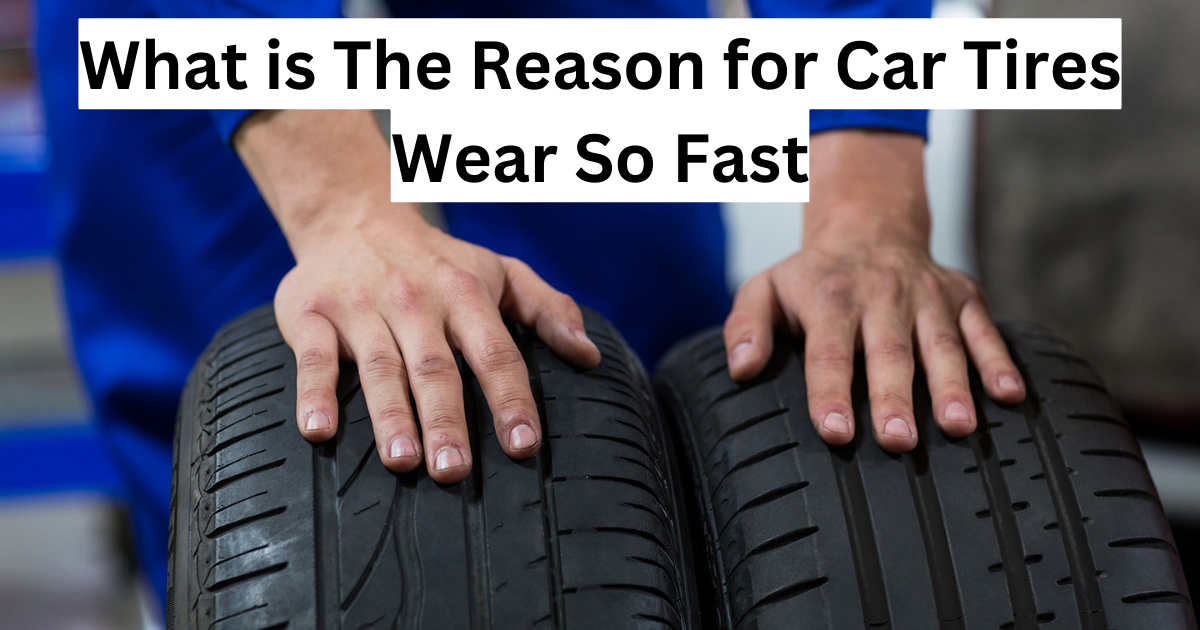A car’s tires are one part that can easily become worn down. Reasonably so, given that it supports the full weight of the vehicle, with the help of the car’s suspension system providing a little extra lift.
The road is also rather bumpy and will accelerate the tire’s wear rate because it comes into contact with it. It helps to be knowledgeable about the many types of tire wear patterns, just like a competent mechanic or auto enthusiast.
What Do Your Tire Wear Patterns Mean?
The following is a tire wear patterns guide that explains the meaning of common tire wear patterns.

Center of the Tire Tread Wear
The treads wearing in the middle is a typical pattern. This is a telltale sign of over-inflated tires in your vehicle. When the pressure in your tires is too high, they will cling to the center treads. This area will see the most wear and tear from prolonged exposure to road conditions. The fix is to put as much gas as is necessary into the wheels.
Sidewear on the Tire Tread
Side patterns of tire tread wear are also visible. Low tire pressure is the cause of this. The wear and tear on the tires is caused by the weight that they carry on the sides. Low tire pressure can also lead to uneven wear and tear on the tires. Be sure to check for any issues that can necessitate the replacement of the tires and fill them up to the correct level.
Tire Wear on the Feather Edge
When a tire’s edge is smooth on one side and raised on the other, this pattern is called feathered wear. Overly positive or negative toe settings, as well as improper alignment, can lead to feathering.
Another kind of tire damage is toe-out wear, which looks a lot like feather edge damage. The shoulder ribs may be sawed or toothed and wear out rapidly in this instance. Excessive toeing, whether negative or good, is the main culprit here.
Wear on the Shoulders from a Single-Sided Tire
An indication of excessive camber is when the tire wears unevenly on one side of the shoulder. The camber of a tire is its inward or outward angle when viewed from the front or back.
Camber is a typical feature of low-riding sporty and customized vehicles. Tires with negative camber are too angled inward, while those with positive camber are too angled outward. Cambering can occur when there is an imbalance between the vehicle’s weight and the suspension.
Distribution of Wear Marks
You may tell your wheels are imbalanced if some of the spots on your tires are deeper than others. Tires that aren’t balanced can also have a diagonal wear pattern. Tire rotation is the solution to the problem.
Dips Here and There on the Floor
Little dips, or cups, on your treads are an indication of a poor suspension system. If you observe the dips, it is advisable to inspect the shocks and springs.

What could make the outside of a tire wear down?
What external factors can lead to tire wear? When they see the treads wearing down quickly on the outside, this is a question that many drivers ask. Several factors contribute to this issue, and we will examine the majority of them.
- Alignment Issues
- Bad Springs
- Toe-Out
- A Problem with the Bushings
Why Would the Inside of a Tire Wear?
You now know that there are two types of tire wear: internal and external. Why does the interior of a tire wear out? To get to the bottom of things, this is a great question to ask. You notice that the inner shoulder edge is severely worn out in this instance. Some of the reasons behind this problem are listed below.
- Poor Camber Angles
- Poor Wheel Alignment
- Worn or Damaged Suspension System Components
Conclusion
The problem with your car can be better understood if you are familiar with the patterns of tire wear. For the most part, it’s reliable for diagnosing problems with the vehicle’s suspension system. Various tire wear patterns and a guide to them are highlighted in this section. In the event that your vehicle’s tires or related systems experience any problems, be prepared to handle them by following the instructions.




